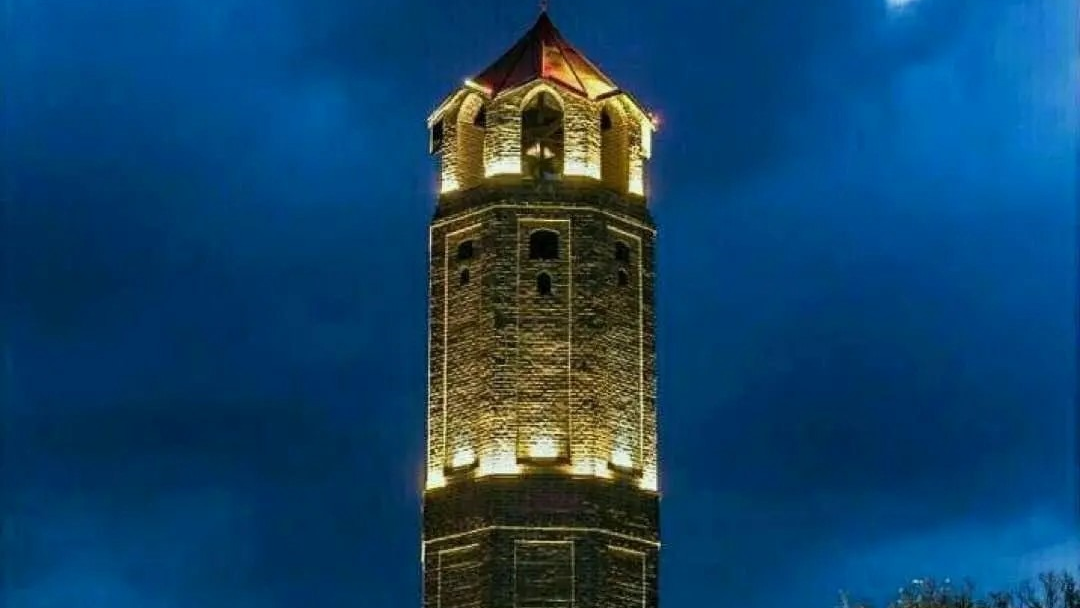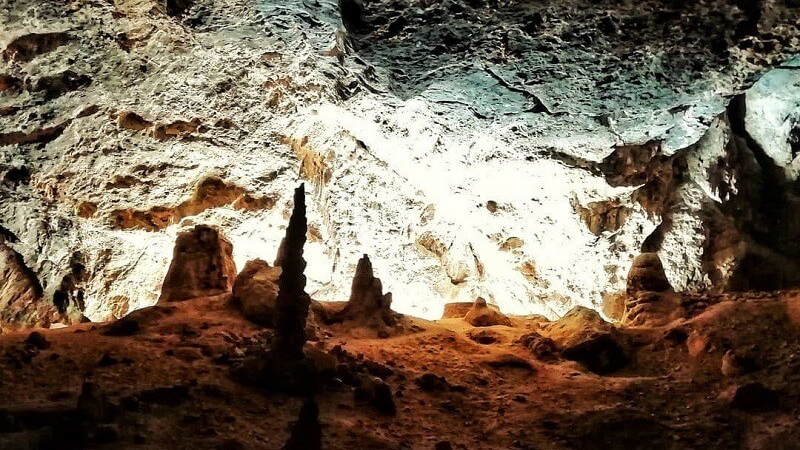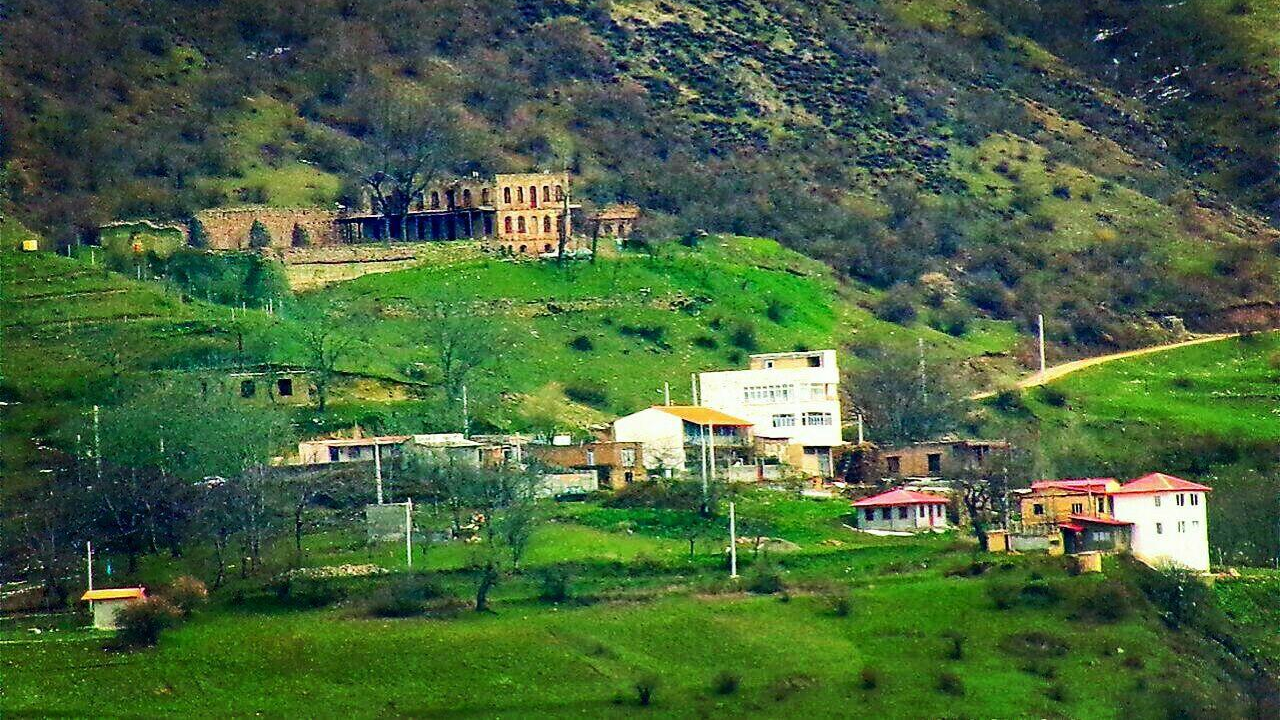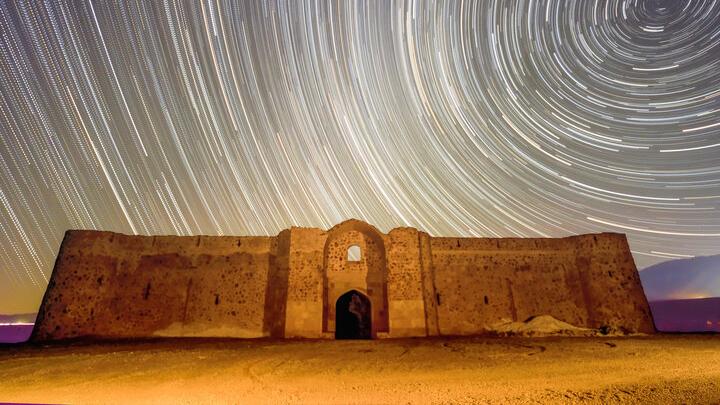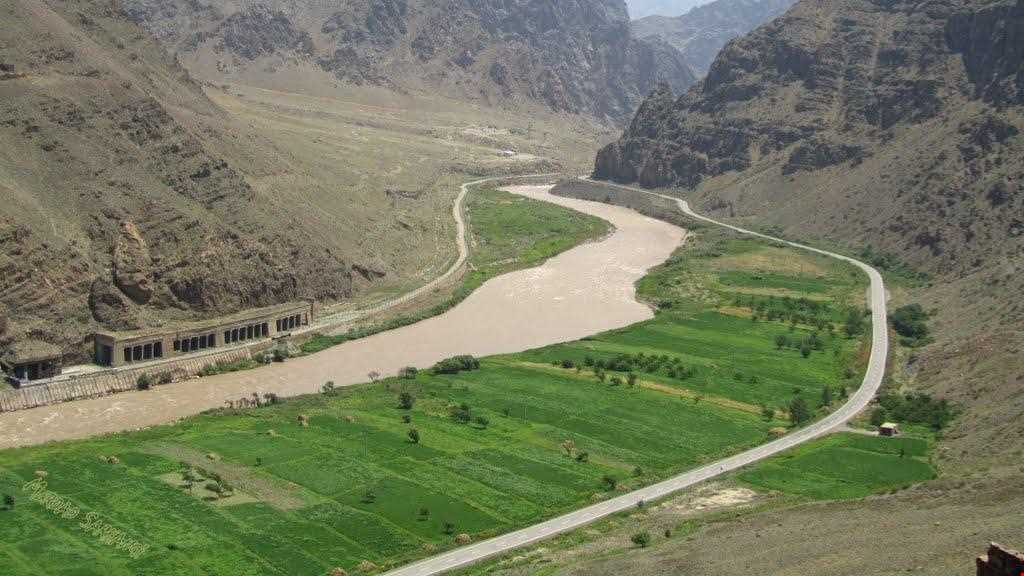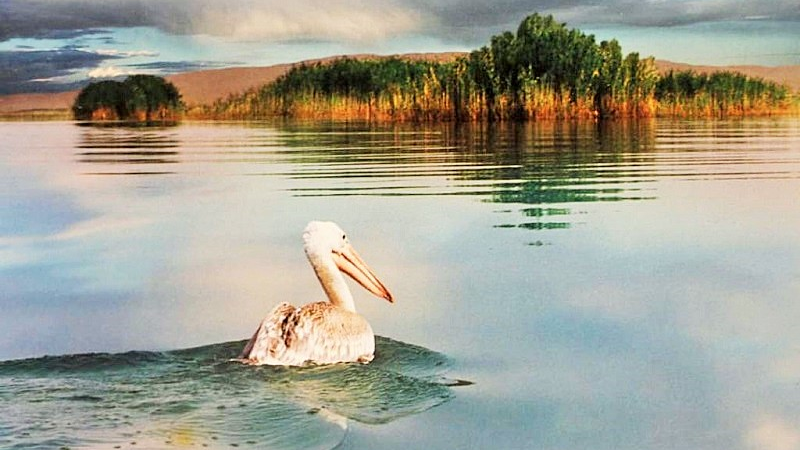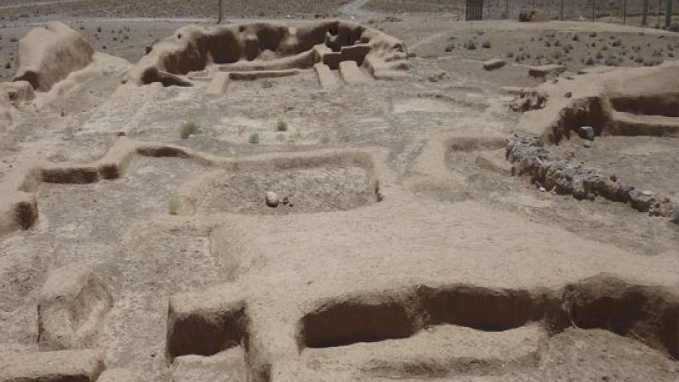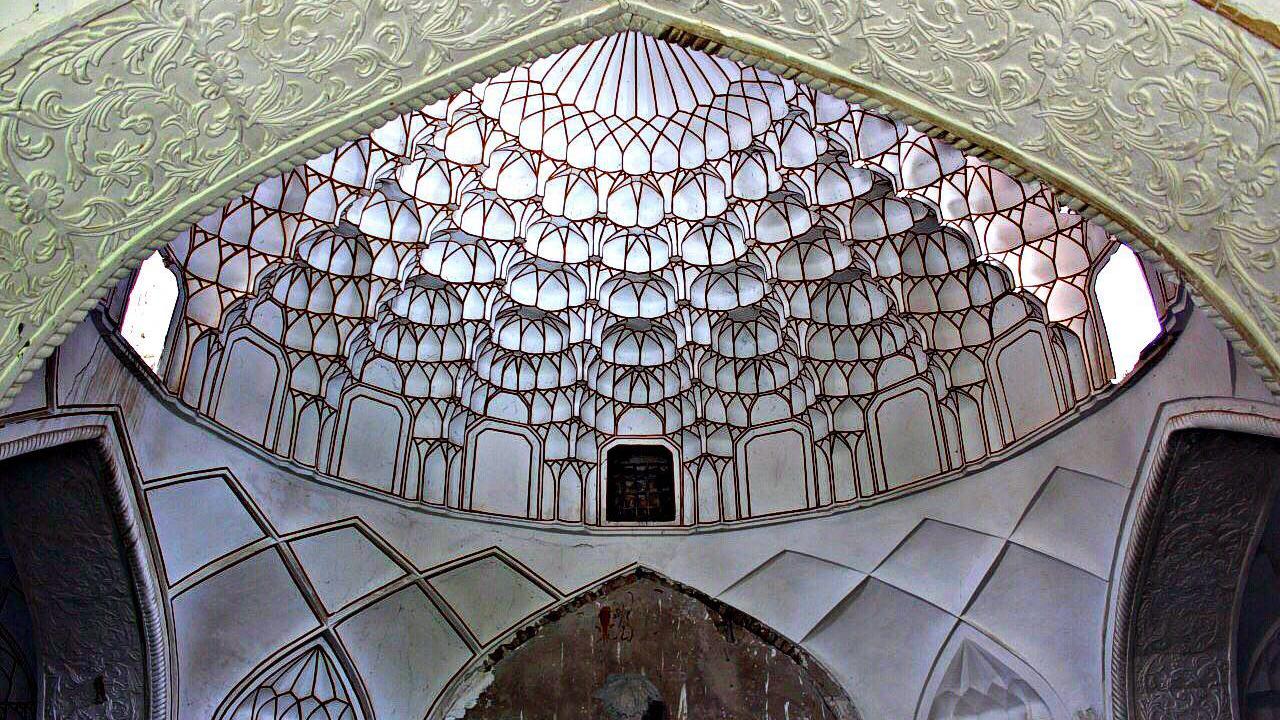
The Cultural Landscape of Hawraman Rural Area
Hawraman or Uramanat region, which is situated in the heart of the Zagros mountains between Kurdistan and Kermanshah provinces along the western border of Iran encompasses two components of the Central-Eastern Valley (Zhawaro and Takht, in Kurdistan Province); and the Western Valley (Lahon, in Kermanshah Province). The mode of human habitation in these two valleys has been adapted over millennia to the rough mountainous environment. Tiered steep-slope planning and architecture, gardening on dry-stone terraces, livestock breeding, and seasonal vertical migration are among the distinctive features of the local culture and life of the Hawrami Kurdish people who dwell in lowlands and highlands during different seasons of each year.
History
The earliest archaeological evidence shows that the region was inhabited by humans since the Middle Paleolithic Period (more than 40,000 years ago). The evidence discovered by archaeologists includes stone tools, caves and rock shelters, ancient pathways along the valleys, motifs and inscriptions, cemeteries, forts, and habitations, etc. near Hajij village and between Naw and Asparez villages in the Sirwan valley.
The cultural life of the people of Hawraman or Uramanat region is an outstanding exemplar of human interaction with the surrounding environment and adaptation to it. In the high mountains of Zagros, which is a challenging environment with little fertile soil, the Hawrami people have developed an extraordinary semi-nomadic way of life by resorting to skillful use of agricultural technology and ecological strategies, and have successfully created an efficient, harmonious, and sustainable socio-economic system.
Where Is Hawraman / Uramanat Located?
Hawraman or Uramanat is the name of a historical region with tiered steep-slope planning and architecture and special customs, which encompasses parts of Sarovabad, Sanandaj, and Kamyaran counties of Kurdistan Province, and Paveh, Javanrud, Nodasheh, and Nosud counties of Kermanshah Province.
The Unique Architecture of Hawraman / Uramanat
The architecture of Hawraman / Uramanat is fully in alignment with the mountainous structure of the area. Because of the steep slope of the rocky foothills, the houses in the villages of the region are built in the form of steps. In most cases, the houses are built on two floors and differ from each other, based on the level of livelihood of the residents. Thus, the houses of orchard owners, farmers, and ranchers have certain differences. In many cases, the ground floor is reserved for storage and keeping herds. The main residential space is located on the upper floor and consists of different parts.
Usually, the higher the houses, the lower the number of houses in that layer such that every village eventually takes a pyramid-like shape.
The residential fabrics of this area have been formed around water springs. Usually, a river passes around or in the middle of the villages in this area, in such a way that in some cases, the river has divided the village into two parts. To maximize the use of sunlight and heat, the buildings are all facing south.
The Attire of the People of Hawraman
The attire of the people of Hawraman, as a symbol of the culture of this region, is rooted in the Median Civilization (6th century BC) and is a mixture of colors and patterns. The use of lively colors, plant and animal motifs, and elements of nature have given indescribable beauty to the clothes of the people of this region. By the same token, the use of warm colors such as red and lacquer is more common in the design of clothes. All the colors used in these clothes are extracted from the elements found in the nature of the region.
The Language of the People of Hawraman
The language of the people of the region is the main factor of their cultural connection. Throughout Hawraman, people speak Kurdish, but there are differences in their dialects. Kurdish literature has also been enriched over the years and is full of epic poems. Many of the common poems in Hawraman are associated with the description of nature, which makes the connection between the life of the people of the region and nature more noticeable.
On July 27, 2021, part of the Hawraman region along with Uramanat were inscribed on the UNESCO World Heritage List as a cultural site under the name “Cultural Landscape of Hawraman/Uramanat”.
Hawraman or Uramanat region, which is situated in the heart of the Zagros mountains between Kurdistan and Kermanshah provinces along the western border of Iran encompasses two components of the Central-Eastern Valley (Zhawaro and Takht, in Kurdistan Province); and the Western Valley (Lahon, in Kermanshah Province).
| Name | The Cultural Landscape of Hawraman Rural Area |
| Country | Iran |
| State | Kurdistan |
| Type | Historical |
| Registration | Unesco |
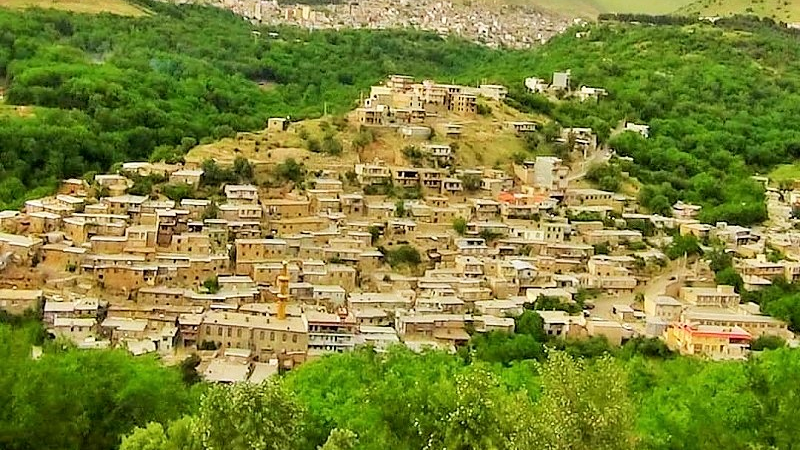
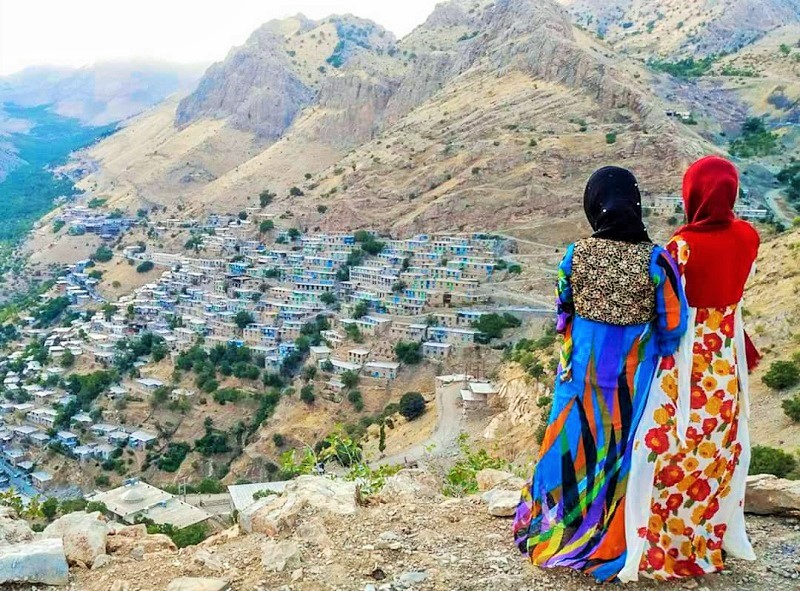

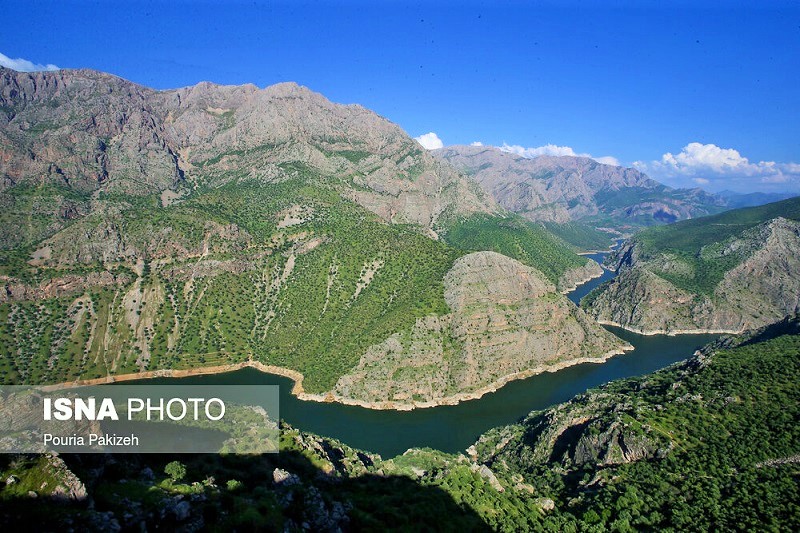
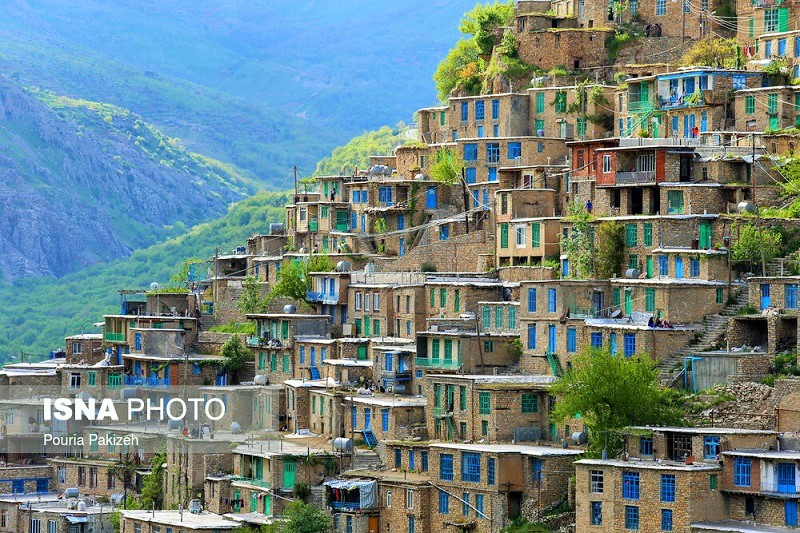
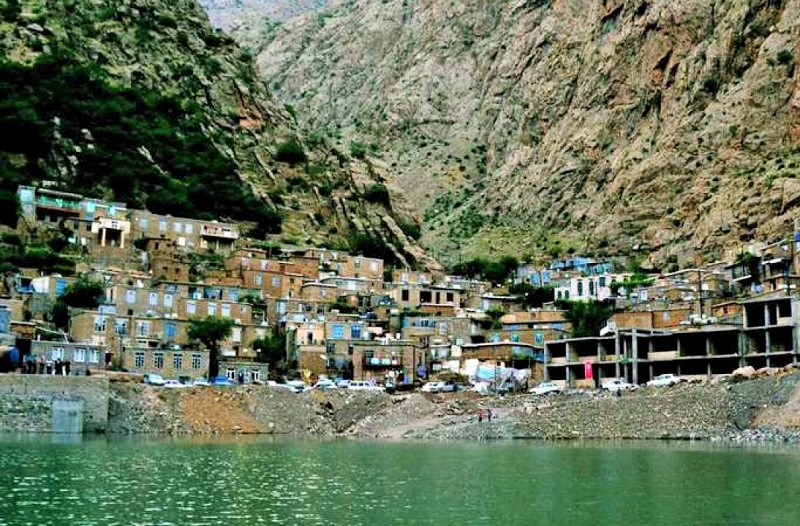






Choose blindless
Red blindless Green blindless Blue blindless Red hard to see Green hard to see Blue hard to see Monochrome Special MonochromeFont size change:
Change word spacing:
Change line height:
Change mouse type:
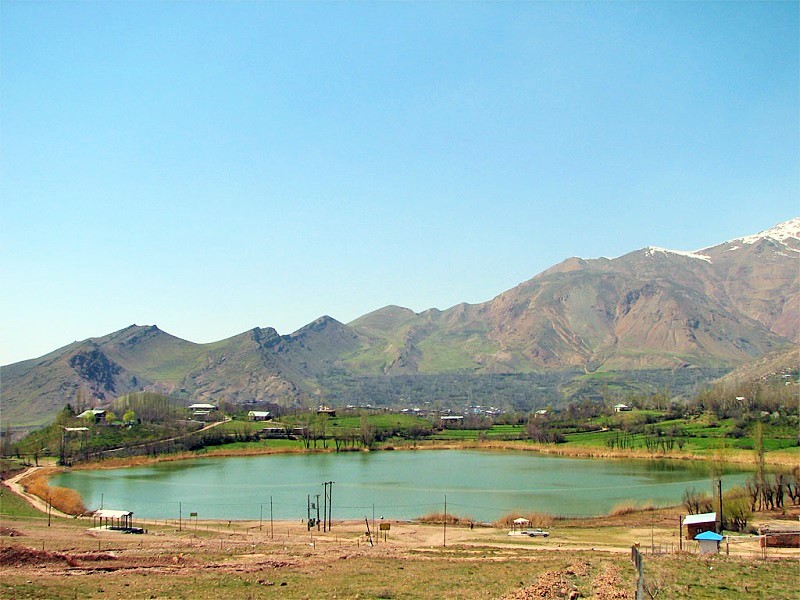
.jpeg)
